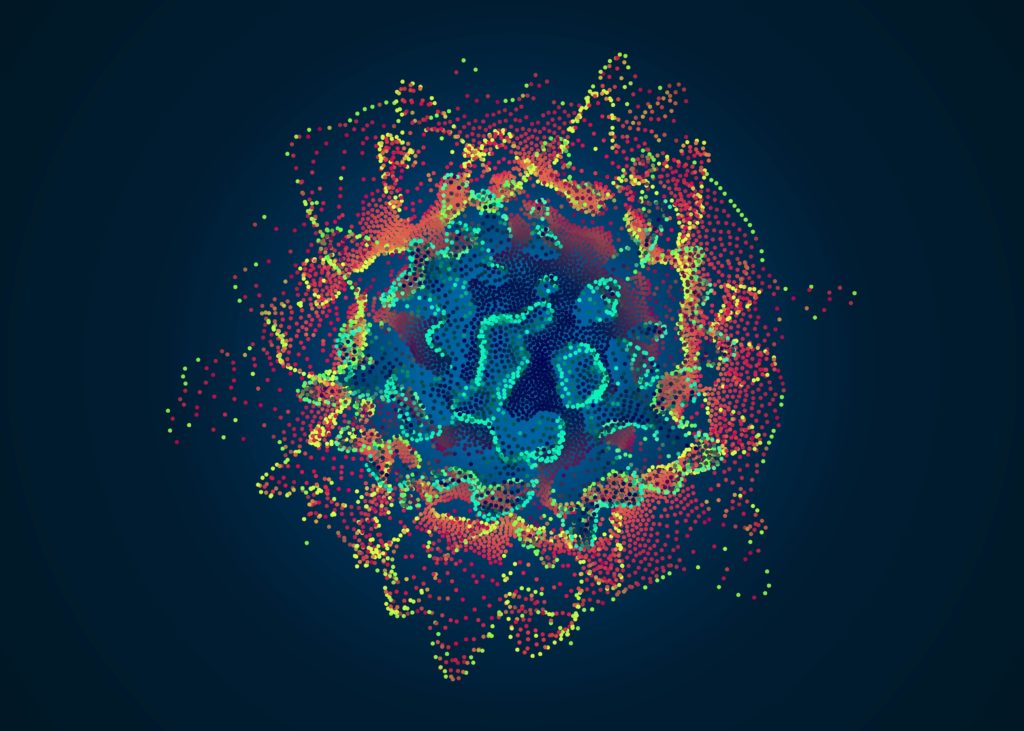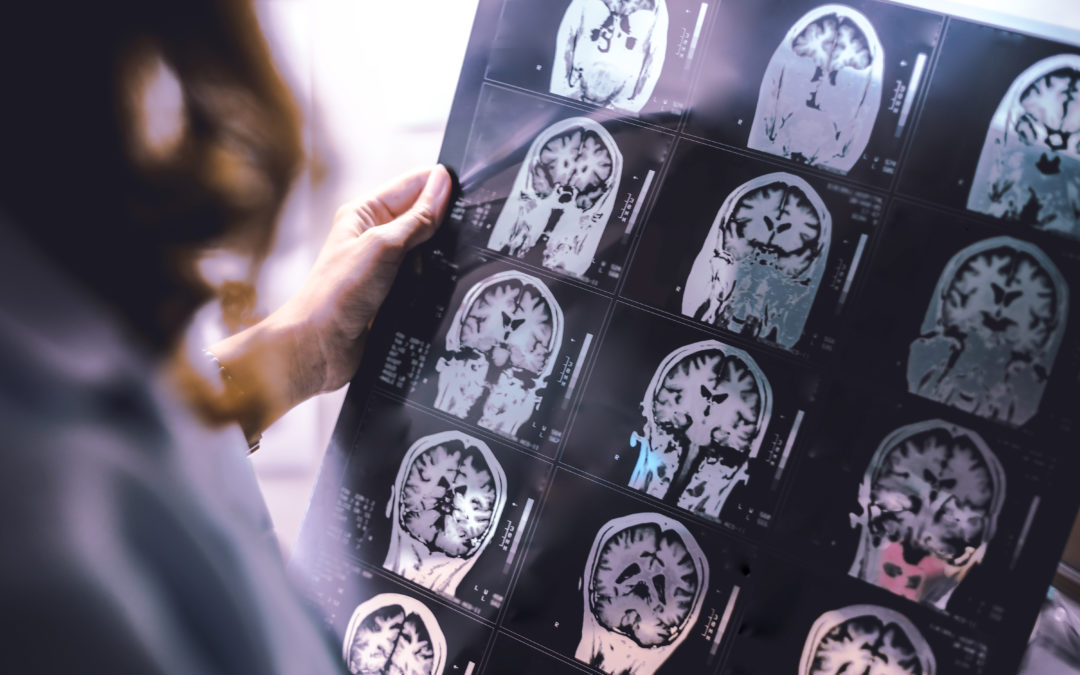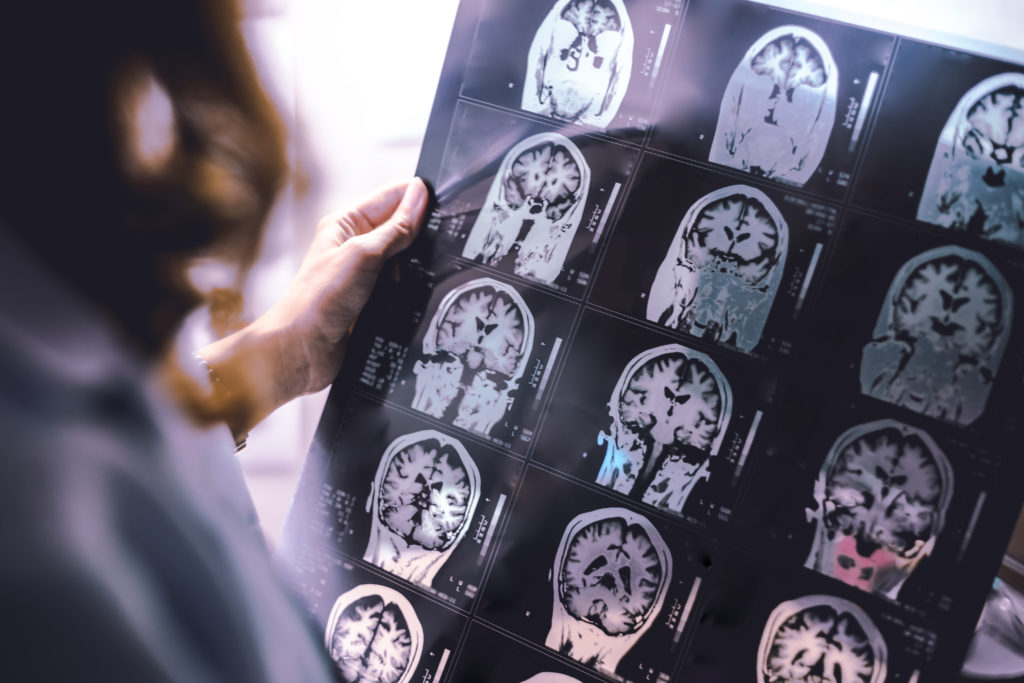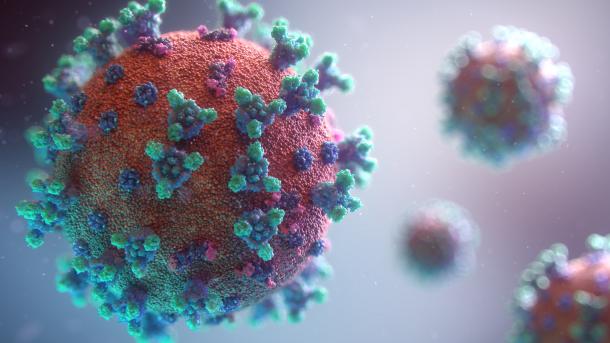No Results Found
The page you requested could not be found. Try refining your search, or use the navigation above to locate the post.


We’d probably all be happy to be a bit more creative — though research into our own opinions show that many people do actually consider themselves to be above average in creativity. An obvious self-bias.
This is where scientists who study creativity come in and find and research people who are truly creative — though creativity has long been studied there is relatively little research into the brains of creative people (and it is much harder and much more expensive to conduct).
In come UCLA Health scientists who have just published a study into the brain of creative people — known as big C creatives. The brain scanning was done on people who had been nominated by others in the creative industries as being particularly creative. What the researcher found is that:
This suggests that the brains of those who are exceptionally creative as being wired differently or being used differently — of note is that it does not occur to me how this can be changed or learned (some other aspects of creativity can be learned). This suggest that being exceptionally creative is a natural predisposition.
I wonder if my brain is that creative? Probably not. I wouldn’t be writing summaries of scientific articles if it were. Alas!
Reference:
Ariana Anderson, Kevin Japardi, Kendra S. Knudsen, Susan Y. Bookheimer, Dara G. Ghahremani, Robert M. Bilder.
Big-C creativity in artists and scientists is associated with more random global but less random local fMRI functional connectivity.
Psychology of Aesthetics, Creativity, and the Arts, 2022
DOI: 10.1037/aca0000463
The page you requested could not be found. Try refining your search, or use the navigation above to locate the post.


There have been many studies on gender biases, and I have followed, written, and spoken about many of these biases over the years (over a decade actually) but two studies have just come out that caught my eye.
One out of New York University focused on gender natural words and found that they are not gender neutral! Specifically, the two most neutral or inclusive words, presupposedly, “person” and “people”.
By analysing language and how similar words are used together (much like words tea and pot may collocate and be related). They found that there is a bias to relate the word person and people more to men than women. This is important because these are precisely the words used in public policy.
In another unrelated and contrasting study another form of bias was uncovered and this was in faces and voices of men and women on neutral characters. What the researchers at the University of Essex found is that faces, and voices were more likely to be judged as male if they were angry and female if they were happy.
Is this good for men or women? I don’t know but shows how there are natural inbuilt biases in us in many ways! Many of which we are probably completely oblivious to.
References:
April H. Bailey, Adina Williams, Andrei Cimpian.
Based on billions of words on the internet, people = men.
Science Advances, 2022; 8 (13)
DOI: 10.1126/sciadv.abm2463
Sebastian Korb, Nace Mikus, Claudia Massaccesi, Jack Grey, Suvarnalata Xanthate Duggirala, Sonja A. Kotz, Marc Mehu.
EmoSex: Emotion prevails over sex in implicit judgments of faces and voices..
Emotion, 2022
DOI: 10.1037/emo0001089
The page you requested could not be found. Try refining your search, or use the navigation above to locate the post.


Well, this is a question that an international collaboration of researchers coordinated by the University of Cambridge set out to answer. They analysed over 125,000 brain scans from over 100 studies and have built brain charts form a 15-week old foetus to a hundred year-old. This gives new unprecedented insight into the changes in the human brain over a lifetime. Some key milestones in brain development are:
This is an amazing technical feat and is an incredibly useful clinical tool but also just gives us fascinating insights into the brain and what happens to our own brains over our lifetime.
I now know I need to look after my white matter, gulp!
Reference:
R. A. I. Bethlehem, J. Seidlitz, S. R. White, et al.
Brain charts for the human lifespan.
Nature, 2022
DOI: 10.1038/s41586-022-04554-y
The page you requested could not be found. Try refining your search, or use the navigation above to locate the post.


I have reported multiple times on loneliness during the pandemic – mostly because interest and research into loneliness has taken a large uptick.
I have also reported on how to combat this and was happy to see that a piece of research just out proved what I had already proposed and gives some solid evidence to this (and why). Not only that but it shows how best to use one’s leisure time – and achieve more life satisfaction.
The study out of Penn State looked at international university students who may be more susceptible to loneliness because they are in a new environment with less of a social network. Also, the pandemic disrupted many social activities that help these students to integrate.
What they found is that those who could engage in meaningful activities while alone felt less lonely even if these activities didn’t involve social contact. Hence, they conclude that it is the activity that one engages in, particularly in leisure time that contributes strongly towards feeling lonely or not.
They also note that getting into the state known as “flow” (which I also reported on here) also decreases propensity for loneliness and this is also positively correlated with doing meaningful activities.
So, use your time to engage in meaningful activities which will also enable to you to get into flow – and simply feel better with yourself and your life! Which incidentally is one of the reasons I write so much…
Reference:
Liang-Chih Chang, John Dattilo, Fei-Hsin Huang.
Relationships of Leisure Social Support and Flow with Loneliness in International Students in Taiwan: Implications during the COVID-19 Pandemic.
Leisure Sciences, 2022; 1
DOI: 10.1080/01490400.2022.2056550
The page you requested could not be found. Try refining your search, or use the navigation above to locate the post.


Many COVID-19 patients have reported various neurological symptoms – the well-known brain fog, but also headaches and decreased cognitive function over months and extended periods of time. This even without serious infection or hospitalization. The research seems to be swinging between reporting neurological damage or not (not, as I reported here) – despite the quality of many of these pieces of research there is still inconsistency.
This one just out (in non-human models it must be noted) reports on how COVID seems to induce severe brain inflammation and respective injuries that seem related to reduced blood flow to the brain including brain cell damage and death not to mention small brain bleeds.
What is of interest, and worrying, is that this was not correlated with severity of other symptoms – in fact these symptoms seem to affect indiscriminately, unrelated to severity or other contributing factors such as age or pre-existing conditions. This explains why some people complain of these long-lasting neurological symptoms despite not being hospitalized.
And that is enough information for me to still be cautious!
Reference:
Ibolya Rutkai, Meredith G. Mayer, Linh M. Hellmers, Bo Ning, Zhen Huang, Christopher J. Monjure, Carol Coyne, Rachel Silvestri, Nadia Golden, Krystle Hensley, Kristin Chandler, Gabrielle Lehmicke, Gregory J. Bix, Nicholas J. Maness, Kasi Russell-Lodrigue, Tony Y. Hu, Chad J. Roy, Robert V. Blair, Rudolf Bohm, Lara A. Doyle-Meyers, Jay Rappaport, Tracy Fischer.
Neuropathology and virus in brain of SARS-CoV-2 infected non-human primates.
Nature Communications, 2022; 13 (1)
DOI: 10.1038/s41467-022-29440-z
The page you requested could not be found. Try refining your search, or use the navigation above to locate the post.